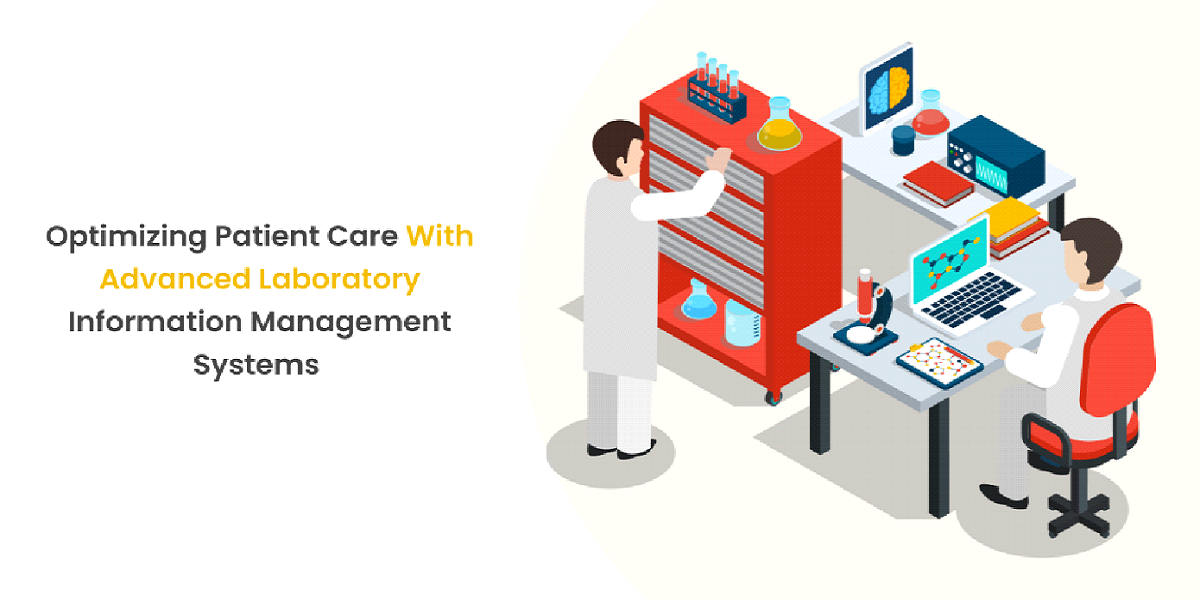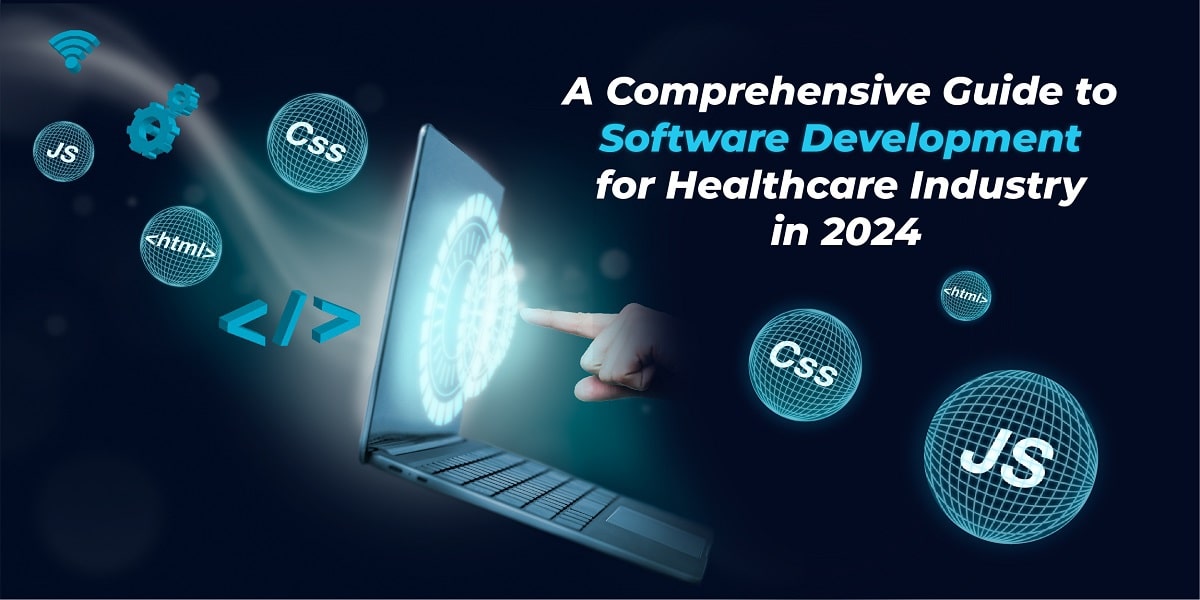How Technology is Changing Hiring and Career Growth in 2025

By the end of 2025, the world job market will set foot on the crossroads of change. Rapid technological advancement prompts a significant metamorphosis from the normally humanistic paradigms of traditional hiring, employment, career growth, and change. What was slow and paper-driven, dependent only on intuition or actual 'in-person' human interaction, has turned into sophisticated, automated, data-driven activities governed by algorithms, artificial intelligence, big data, and automation. Therefore, while companies try to figure out how to adapt to this new normal, professionals must evolve - develop new, tech-savvy mindsets and strategies to keep themselves relevant, competitive, and future-ready.
The article talks about how technology is revolutionizing recruitment and networking in the industry in 2025 and how employers and job seekers can grab these innovations to leverage them for mutual benefit.
1. Skills-Based Hiring Over Degree-Based Hiring
Yet another drastic move technology has pushed forward is considering going to degree- or school-based hiring-road. In 2025, employers need to offer more like 'what candidates can do' than 'where they graduated from.' The reason is that digital credentialing sites and online learning allow professionals to learn and showcase their acquired skills via badges, certificates, and micro-credentials that are all verifiable in blockchain-based systems.
AI-driven platforms recognize and authenticate such hard and soft skills in real time and provide evidence concerning a candidate's capability to a recruiter. This means that self-studied persons and graduates from boot camps, further on from those who qualified on virtual platforms, may now enter the world of work. Nowadays, the hiring process involves automated skills tests, video interviews with AI analysis, and gamified assessments measuring cognitive and emotional intelligence.
2. Resume Optimization with Digital Tools
In the presented age of automation, resumes continue to matter, but every aspect of their making and assessments has changed entirely. Therefore, post-2025 witnesses professionals creating resumes armed with smart digital tools that look good and are highly optimized for AI systems and keyword matching.
An example is now where resume builder applications pop up, serve as online platforms through which users can create tailored ATS-compatible resumes in mere minutes, and provide optimization suggestions and templates for designs with industry trends in mind.
AI software integrated into the resume-building tool also recommends resume content based on job descriptions, offers suggestions for action verbs, and assesses how well a resume matches specific jobs. In the technology-driven world, a resume is viewed as a static document; contrary, it is a dynamic and evolving story of one's career.
3. Remote Work and the Global Talent Pool
In the last decade, remote work has ceased to be just a trend in hiring. Today, any company can shift-demand hiring around anytime, no matter if talented personnels are located elsewhere globally or in another time zone. Remote collaborations across time zones and huge continents are now possible due to broadband internet access, cloud computing, and various operational and communication tools.
Zoom, Slack, Microsoft Teams, and asynchronous team productivity tools have completely transformed everything that is/was said of interviews, onboarding, and training programs. Meanwhile, employers adopting remote-first strategies can engage mostly anywhere; hence, time zones and differing work cultures begin to gravitate toward impossibility for the future workforce.
This entails more career perspectives with stiffer competition for professionals: with internet access, one can compete for the prize with any other applicant. To gain employers' attention with so many options, job market entrants must promote themselves through internet-based personal branding and efficient personal websites.
4. The Integration of Blockchain in Hiring
In 2025, blockchain technology will integrate trust, transparency, and, most of all, swift operations into traditional hiring procedures. This technology means either employer or employee can laboriously delay employment verification during the temporal limitations imposed by traditional CRBs requesting a fee for these sorts of services. Blockchain is the latent vessel where computer-retrieved records can immediately verify a person's education history, the employer's certificates, or the prior employer's recommendation.
To be free and have complete access to up-to-date resume data is one of the assets that blockchain-powered talents can gain. They can let others leverage their blockchain-encoded data directly. Job platforms and employer agents can proceed to query verified beyond doubt, ridding the industry of fraud and reducing redundancy in the present hiring system.
5. Personalized Career Pathing and Predictive Analytics
In every way, technology is now re-engineering hiring processes; it has also come up with its version of career pathing. Predictive analytics tools and machine-learning models offer the potential to anticipate future skill needs, recommend upskilling paths, and create personalized career trajectories for companies and professionals alike.
Career development platforms allow employees to evaluate their current skill sets, job performance, and interests to recommend growth opportunities, lateral moves, or organizational changes. In turn, the employers will put this information to work in their retention strategies, high-potential-talent recognition mechanisms, and attrition reduction means.
Furthermore, professionals are increasingly using AI mentor platforms, virtual coaching applications, and career planning dashboards that provide continuous feedback, recommendations for immediate learning, and motivational support to guarantee accountability along the way.
6. Social Media and Digital Presence as Hiring Criteria
In 2025, your online footprint is as important as your resume- if not more so. Hence, hiring managers and recruiters would always be on the lookout for candidates' digital presence, including LinkedIn profiles or personal blogs, contributions to GitHub, and online portfolios.
Social media is used not just for background checks but also for passive recruiting. AI tools scrape LinkedIn, Behance, Medium, and Twitter profiles to identify thought leaders, trendsetters, and subject matter experts. These professionals, who disseminate content, participate in industry conversations, and curate an online personal brand, tend to attract opportunities without applying.
Moreover, job seekers devote extra energy to building a genuine and professional online identity. Sharing content, webinars, contributing to open-source projects, and engaging in various communities are now common career moves.
7. The Rise of AI-Driven Recruitment
Artificial Intelligence (AI) is now a part of the recruitment lifecycle. Hence 2025, hiring managers will spend no more than hours manually sifting through resumes and cover letters. They now work and function on an AI-powered recruitment platform where the candidate sourcing, filtering, and screening are done completely digitized.
Modern Applicant Tracking Systems (ATS) apply Natural Language Processing (NLP) to retrieve the information in resumes, match the qualifications with job descriptions, and sometimes even assess writing styles and soft skills. It also considers the candidates' different online presences, such as their LinkedIn activity and digital portfolios, to generate a giant picture of that candidate.
Further still, using AI algorithms, background, names, and pictures do not matter because the reasons for or bias on behalf of applicants would solely be on skills, experience, and potential. Although algorithmic fairness remains debated, companies focus on developing ethical AI to ensure diverse and inclusive hiring practices.
8. Virtual Reality (VR) and Augmented Reality (AR) in Hiring
Hiring Advanced companies now use VR and AR technologies to improve the hiring experience. For example, a virtual reality job simulation enables candidates to show their skills in real-world situations without being there physically. They will use these job simulations to assess an applicant for key areas in problem-solving, teamwork, and adaptability under pressure.
Augmented reality is used in the training and onboarding processes, allowing new employees to walk through virtual offices and interact with peers and access training modules as and when needed. These immersive technologies help reduce the hiring risk and improve engagement while creating more inclusive and accessible environments for candidates worldwide.
9. The Gig Economy and Freelance Platforms
The Gig Economy has expanded to the extent that it is drawn mainly into using technology-enabled platforms such as Upwork, Toptal, and Fiverr, which connect freelancers with short- and long-term projects. In 2025, freelance professionals will no longer rely on temporary income supplementing temporarily; they will be careers within themselves, with revenues sometimes up to those of conventional employees or closer.
These platforms have developed into high-level algorithms for matching freelancers with projects based on skills, experience, availability, and ratings from previous clients. They provide tools for contract and payment management, taxes, and feedback to perform business-like activities for oneself.
Gig platforms provide access to specialized talent that an employer would otherwise have to hire permanently. They give professionals flexibility, autonomy, and reach across the globe. It requires, however, strong self-marketing, continuous learning, and financial planning for sustained success in the long term, for this model also makes a demand for these.
10. Continuous Learning Through EdTech Platforms
2025 is predicted to have one of the most profound impacts of technology on career growth because it will explode with EdTech platforms that are very available, personalized, and scalable for continuous learning. Coursera, Udemy, Khan Academy, Skillshare, and company-specific Learning Management Systems (LMS) will provide years of bite-size, modular learning that employees can tap anytime, anywhere.
Based on personal objectives related to specific job roles in an organization and emerging industry trends, learning paths are created by AI. Personalized nudges, gamification, and social learning features keep users engaged and motivated. Continuous uprooting of new employment opportunities due to automation, making many traditional jobs endangered, necessitates constant upskilling and reskilling.
Once, learning happened only within classrooms and degrees-but now, it has extended and is mangled inside everyday working life and accompanies real-time analytics and career objectives. The advantage will be for professionals who understand this aspect as continuous learning in an increasingly dynamic professional landscape.
11. Human-Centric AI for Career Coaching
AI is automating human lives, but it has gotten even better than that; it has become a personal guide. So now there are virtual career coaches for professional advice on planning and strategizing, improving communication and skills in preparation for interviews, and eventually balancing work and life. These coaches are either chat, voice, or avatar-based and give insights based on data.
With suggestion features on burnout risk and better time management strategies, AI can analyze your productivity tools, digital calendar, and e-mails alongside gauging your mood using language patterns. The division between human intelligence and machine support tends to evaporate since professionals are getting brighter, smarter, and more proactive tools to manage their work and careers.
12. Diversity, Equity & Inclusion (DEI) Enhanced by Technology
Technology is extremely significant in Diversity, Equity, and Inclusion (DEI) promotion, including for hiring and career advancement. Blind hiring tools would scrub out identity information, eliminating biases. AI can audit job descriptions and ensure they are free from gendered or exclusionary language.
Likewise, analytics platforms can help organizations monitor diversity metrics, pay gaps, promotion rates, and inclusivity scores, providing actionable data for making a fairer workplace.
For practitioners, this meant a much higher probability of being judged mostly by merit under ethically and transparently implemented systems.
13. The Emergence of Metaverse-Based Hiring
Some companies, especially those in tech or creative industries, are studying the possibility of hiring in the metaverse. Virtual reality (VR) platforms will enable candidates to take part in fully immersive interviews, experience virtual job fairs, and engage with their future colleagues in built-out 3D workspaces.
Such environments offer a more engaging and immersive experience for testing soft skills, creativity, and problem-solving abilities. Candidates can demonstrate how they respond in simulated scenarios, such as managing a customer crisis or leading a remote brainstorming session, without physically traveling.
It is also inclusive. For example, disabled candidates can use this method to participate in interviews and onboarding without physical barriers, thus improving access and representation in the hiring process.
14. Internal Talent Marketplaces Changing How Companies Intake Talent
Progressive organizations are moving away from externally hiring and embracing and enabling internal mobility through talent marketplaces. These AI-driven marketplaces assess employees and potentially internalize all collected data on potentials in terms of abilities, interests, and goals by creating links with the internal projects, mentorship programs, or available internal roles. It shall increase retention and empower employees to make their career paths within the organization.
Career advancement implies today, in 2025, a constant lateral shift through cross-functional experiences and temporary project assignments — all possible through internal technology support. Employees who use such systems actively, network internally, and commit to learning will most likely attain promotions and long-term retention.
Final Thoughts: Embracing the Future
Technology is not just a facilitator but the engine making fundamental changes in hiring and career development. In 2025, the job market belongs to the ones who understand how to use the tools, platforms, and mindsets to live and work in a truly digital-first reality. Whether it is through AI-powered hiring platforms or optimizing an online presence, or embracing a lifelong learning lifestyle, modern professionals must remain agile, adaptive, and proactive.
Good news? Those same technologies dismantling the old systems also unleash colossal access, flexibility, and opportunity. One is no longer confined to gatekeeping or geography concerning molding one's career; rather, it lies in those willing to evolve.
Indeed, with all promises for our future to mobilize, the line between technology and talent is hardly distinguishable. Such would be the mantra for continuous career success in the transformation-ushering time: Be informed and acquire new skills in technology as a utility and strategic partner.
Hyperlink InfoSystem - Most Trusted End-to-End development Solution Provider.
Write For Us





